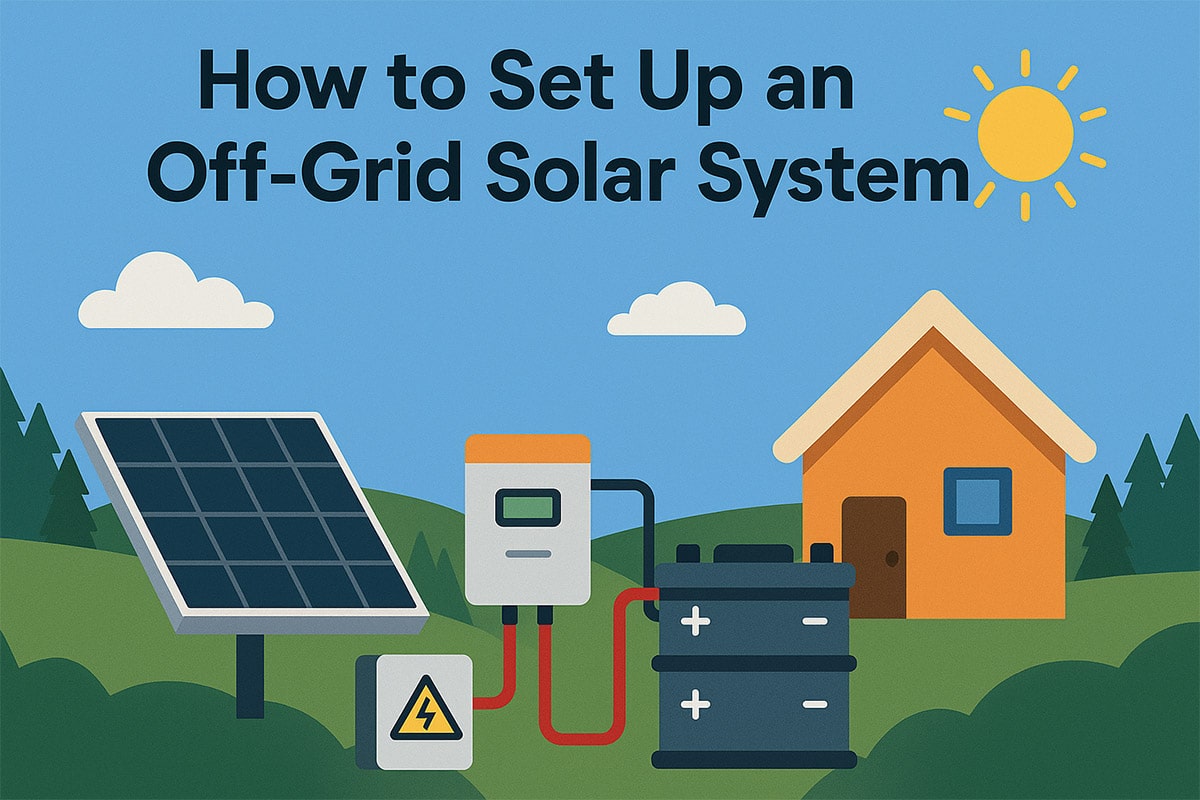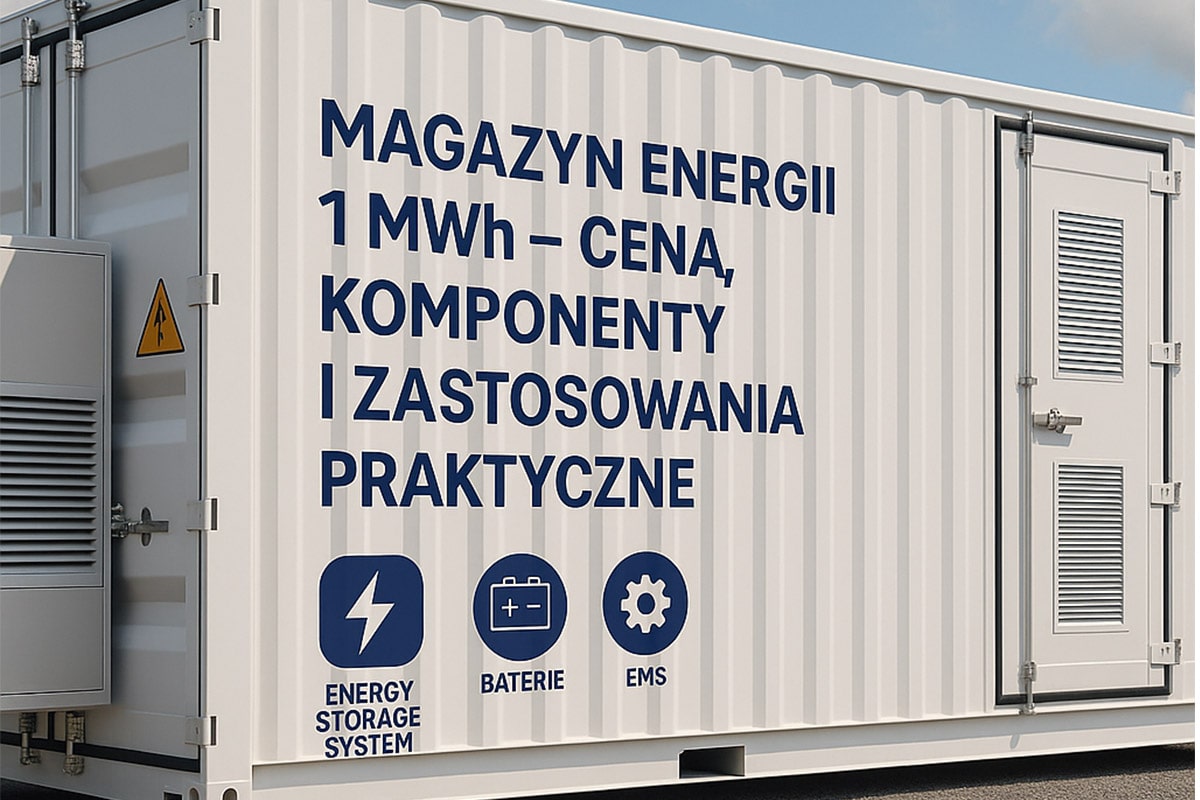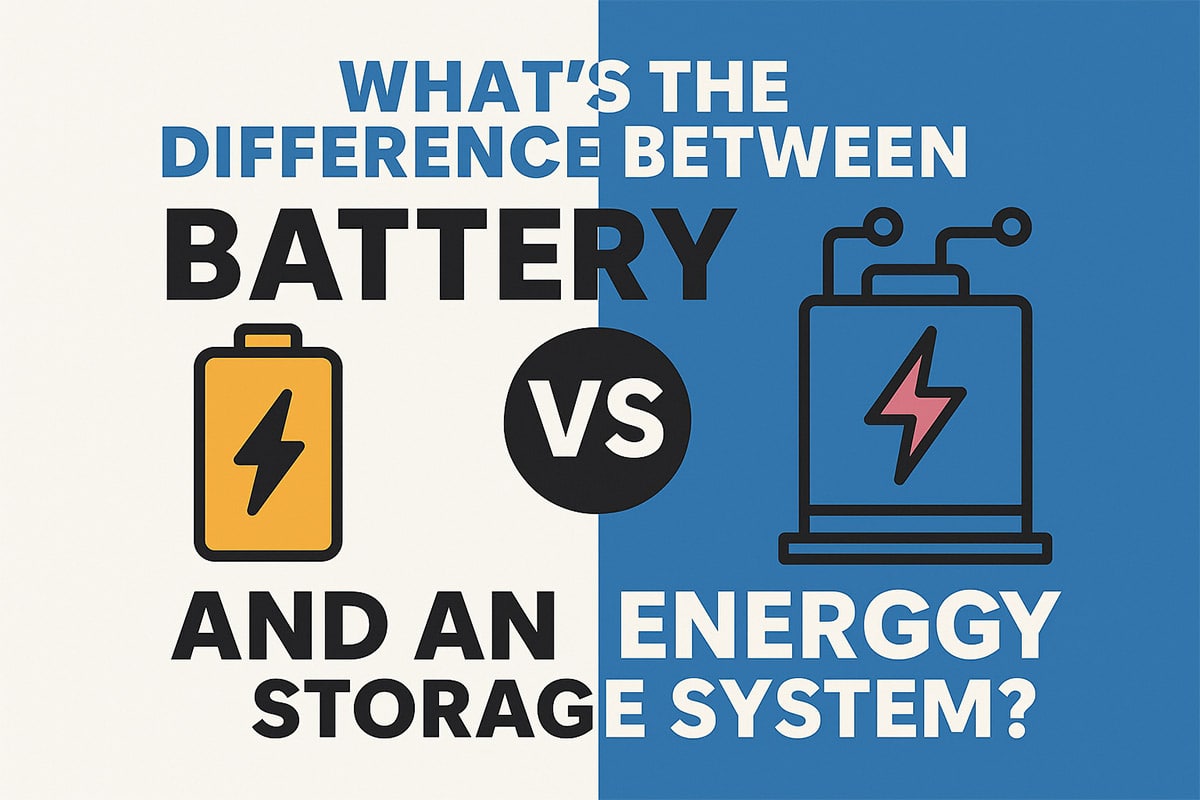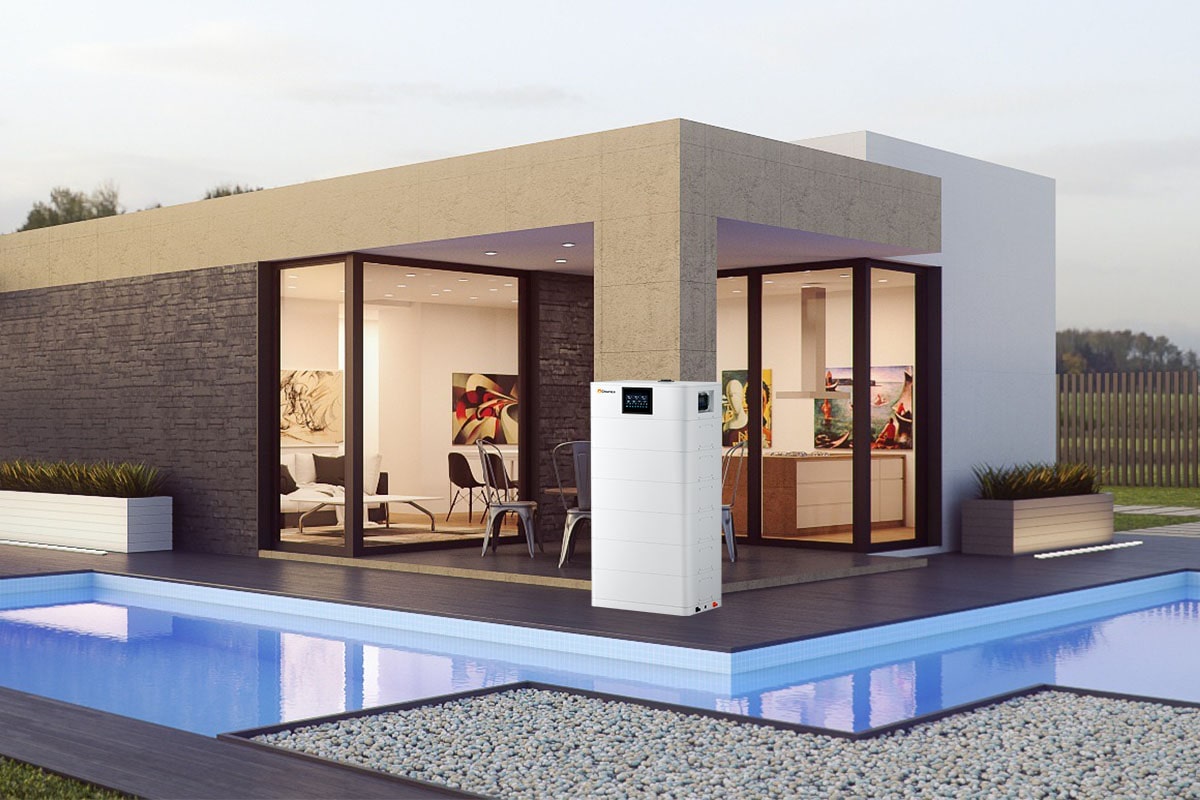Application and Design Considerations of Bipv Building Integrated Photovoltaics
Application and Design Considerations of Bipv Building Integrated Photovoltaics
Building-integrated photovoltaics (BIPV) are solar power products that are seamlessly integrated into building envelopes and parts of building components such as facades, roofs or windows. The BIPV system has a dual purpose and is an integral part of the building surface. It can simultaneously convert solar energy into electrical energy and provide building envelope functions. Today we will talk about the application and design considerations of BIPV building-integrated photovoltaics.
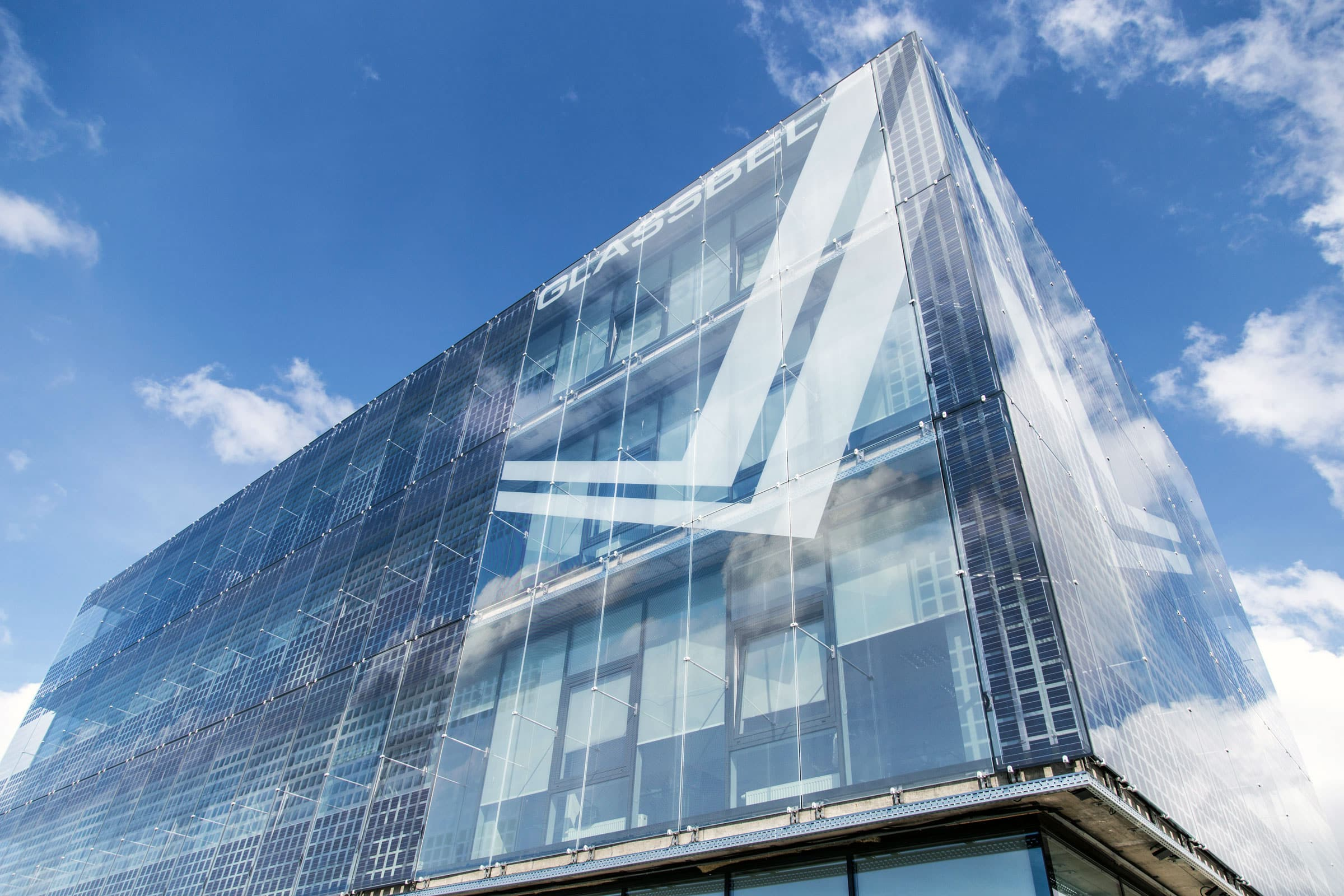
1. Introduction of BIPV building integrated photovoltaic
Building Integrated Photovoltaics (BIPV) has a dual purpose: it acts as the outer layer of a structure and generates electricity for on-site use or export to the grid. BIPV systems can save material and electricity costs, reduce pollution, and increase the attractiveness of buildings. While they can be added to structures as retrofits, the greatest value of BIPV systems is realized by including them in the initial building design. For a detailed introduction to BIPV, please refer to: What does bipv mean? This article.
2. Application of BIPV building integrated photovoltaic
Façades – Photovoltaics can be integrated into the sides of buildings, replacing traditional glass windows with translucent thin-film or crystalline solar panels. These surfaces receive less exposure to direct sunlight than roof systems, but generally provide a larger usable area. In retrofit applications, photovoltaic panels can also be used to camouflage unsightly or degraded building exteriors.
Roofing – In these applications, photovoltaic materials replace roofing materials, or in some cases, the roof itself. Some companies offer integrated one-piece solar roofs made of laminated glass.
Glass – Ultra-thin solar cells can be used to create translucent surfaces that allow sunlight to penetrate while generating electricity. These are often used to create photovoltaic skylights or greenhouses.
3. Precautions for BIPV architectural design
A critical part of maximizing the value of a BIPV system is planning for environmental and structural factors, both of which affect the economics, aesthetics and overall functionality of any solar system.
- Environmental factors
Insolation – This is the average amount of solar radiation received, usually calculated in kWh/m 2 /day. It is the most common way to describe the amount of solar energy resources in a specific area.
Climate and Weather Conditions – High ambient temperatures can reduce solar system output, and cloud and rainfall patterns can affect system output and maintenance requirements. Severe air pollution may require regular cleaning to improve efficiency.
Shading – Trees, nearby buildings, and other structures block sunlight, reducing the output of a photovoltaic system.
Latitude – The distance from the equator affects the optimal tilt angle of the solar panel to receive the sun’s radiation.
- Structural factors
Building Energy Requirements – The design of a BIPV system should consider whether the building will be able to operate completely independent of the grid, which would require batteries or other on-site energy storage systems.
Solar System Design – The design of the photovoltaic system itself depends on the energy requirements of the building, as well as any structural or aesthetic constraints that may limit material selection. Crystalline silicon panels have a higher power output per square meter, but have greater cost and design constraints. Thin-film materials generate less electricity per square meter, but are less expensive and can be more easily integrated onto surfaces.
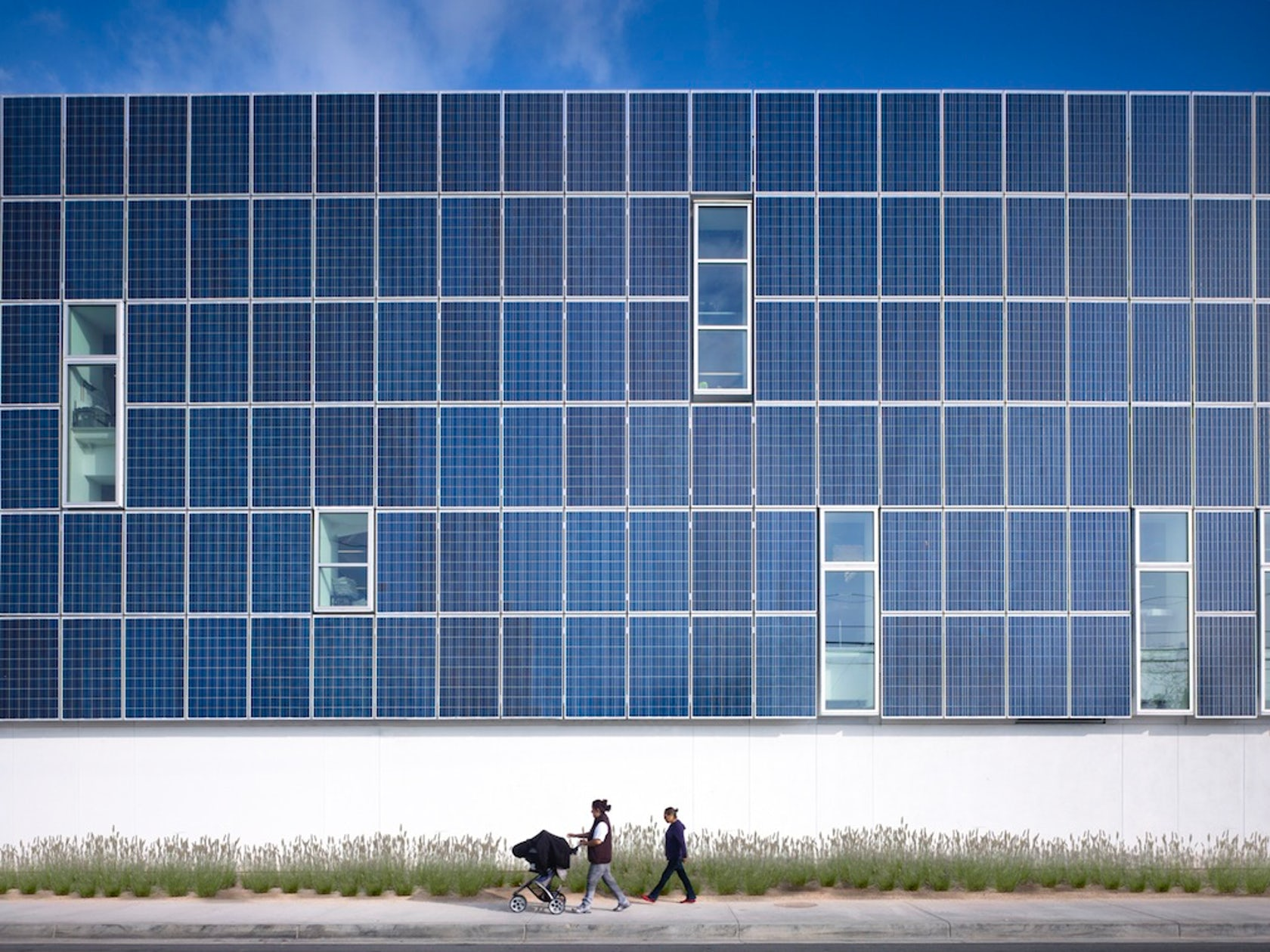
4.Summary
Not only can BIPV generate clean electricity without requiring additional land area, but it can also impact a building’s energy consumption through daylight utilization and reduced cooling loads. Therefore, BIPV can contribute to the development of net zero energy buildings. Turning roofs and facades into generating assets, BIPV is the only building material with a return on investment (ROI).

